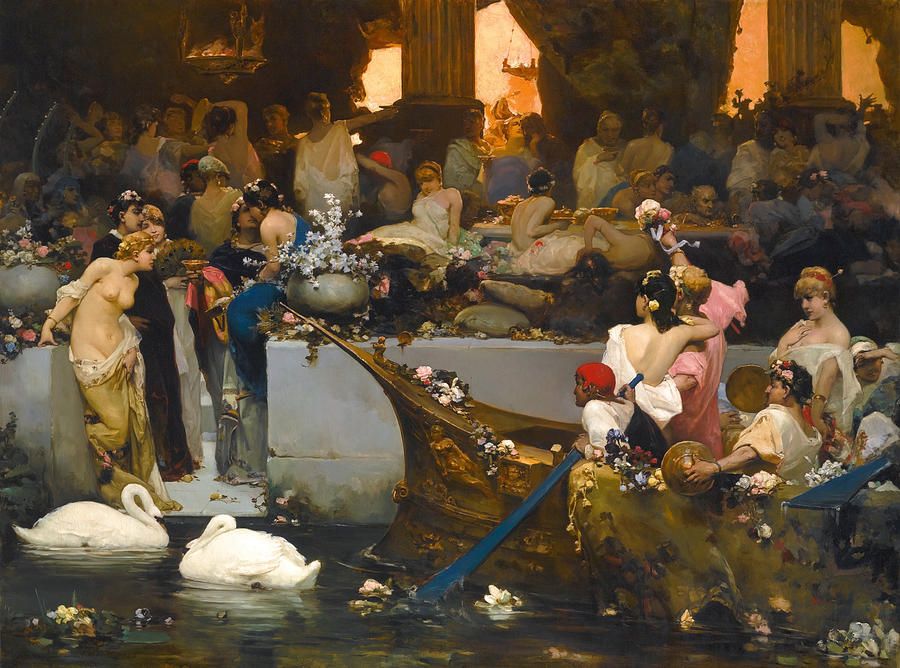Roman Orgy
Last post on Part 1:http://csinvesting.org/?p=10984
Why does high growth seem to depress stock market returns and low growth seem to generate high stock market returns? It is not the growth destroys returns, but that the market already recognizes the high-growth nation’s potential, and bids the price of its equities too high. Market participants become overly optimistic during periods of high growth, driving up the prices of stocks and lowering long-term returns, and become too pessimistic during busts, selling down stocks and creating the conditions for high long-term returns. Jay Ritter says that irrationality generates volatility “and mean reversion over multi-year horizons.” Graham would agree (p. 88, DEEP VALUE).
The implications for mean reversion in stocks are counter-intuitive. Stocks with big market price gains and historically high rates of earnings growth tend to grow earnings more slowly in the future, and underperform the market. Stocks with big market prices losses and historically declining earnings tend to see their earnings grow faster, and out perform the market. Undervalued stocks with historically declining earnings grow earnings faster than overvalued stocks with rapidly increasing earnings. This is mean reversion, and, as Ben Graham said, it’s the phenonmenon that leads value strategies to beat the market.
The update to Lakonishok’s research Contrarian Investments Extrapolation and Risk demonstrates that, aside from short periods of under-performance, value stocks generate a consistent value premium, and beat both the market and glamour stocks over the long haul. ….Researchers believe the reasons are because they are contrarian to overreaction and naive extrapolation. Efficient market academics Eugene Fama and Ken French, counter that value strategies outperform because they are riskier. However, Lakonishok found that while value strategies do disproportionately well in good times, its performance in bad times is also impressive. Value strategies are also outperform during “bad” states for the world such as recession and extreme down markets.
When Lakonishok compared the growth rates implied by the market price to the actual growth rates appearing after the selection date, they found a remarkable result–one that supports Graham’s intuition–value stocks grow fundamentals faster than glamour stocks. The high prices paid for glamour stocks imply that the market expects them to generate high rates of growth. Contrary to this expectation, however, the growth rates do not persist. Growth stocks;s growth rates mean-revert from fast growth to slow growth.
SUMMARY
If you read all the links and research papers in the past two posts for this chapter in DEEP VALUE, you know that:
- Out-of-favor value stocks beat glamour stocks because….
- the actual growth rates of fundamental sales and earnings of glamour stocks relative to value stocks after selection are much lower than they were in the past, or as the multiples on those stocks indicate the market expects them to be.
- Value strategies appear to be less risky than glamour strategies.
So why do investors persist in buying glamour? For behavioral reasons like anchoring and “overreaction bias.” We will next explore chapter 6 in Deep Value.
BAD BUSINESSES
http://aswathdamodaran.blogspot.com/
Autos a Bad Business Damordaran Blog
HAVE A GREAT WEEKEND!

